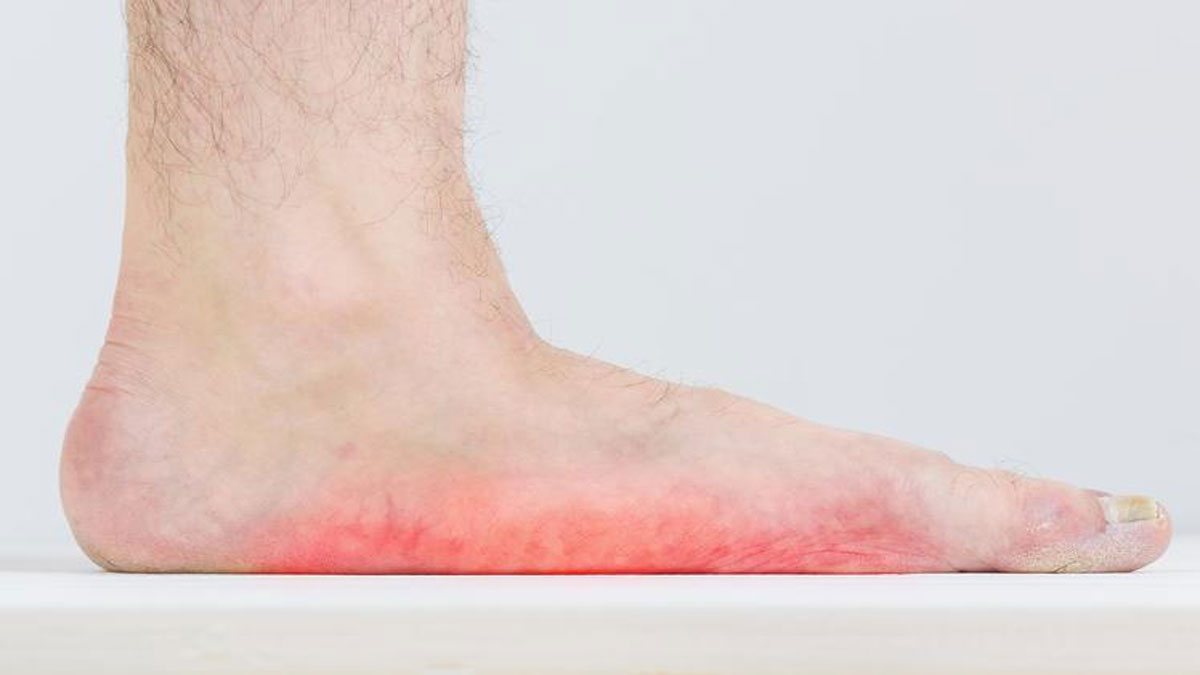Flat feet, also known as pes planus, is a common condition where the arches of the feet are significantly lower or absent, causing the entire sole to come into contact with the ground. While flat feet are normal in infants and toddlers, as they grow, most develop arches in their feet. However, some children may retain flat feet, which, if left untreated, can lead to various issues.
Here are five signs to help you recognize flat feet in children and the importance of seeking early treatment:
Pain or Discomfort
Children with flat feet may experience pain or discomfort, particularly in the arch area or the heels. Complaints of pain, especially after physical activities or prolonged standing, should not be ignored.
Difficulty with Physical Activities
Flat feet can affect a child’s physical abilities. They may have difficulty participating in sports, running, or engaging in activities that require agility and balance due to foot pain or discomfort.
Tired or Aching Feet
Children with flat feet may frequently complain of tired or aching feet, even after minimal physical exertion. This can impact their willingness to participate in activities and their overall comfort.
Abnormal Shoe Wear
If you notice that your child’s shoes wear unevenly, with more wear on one side of the sole, it could be a sign of flat feet. Uneven wear patterns can indicate an imbalance in the feet caused by flat arches.
Changes in Foot Appearance
Examine your child’s feet when they are standing or walking. In children with flat feet, you may observe that the arches appear flattened, and the entire sole touches the ground. This can be noticeable even when your child is not bearing weight on their feet.
Read More: Signs Of A Heart Attack: Beware Of These Symptoms During Changing Weather
It’s crucial to address these signs early on to prevent potential complications associated with flat feet. Seeking treatment in childhood can help:
Alleviate Pain: Early intervention can relieve foot pain and discomfort, allowing your child to engage in physical activities comfortably.
Promote Normal Development: Treatment can support the development of arches in the feet, allowing your child to grow with healthy foot structure.
Prevent Secondary Issues: Untreated flat feet can lead to issues like overpronation (excessive inward rolling of the foot), which may result in knee, hip, or lower back problems. Early treatment can mitigate these risks.
Improve Mobility: With proper treatment, your child can improve their mobility and agility, making it easier for them to participate in various activities.
If you suspect that your child has flat feet based on the signs mentioned above, it’s advisable to consult a pediatrician or a podiatrist for a thorough evaluation. Early diagnosis and appropriate treatment can make a significant difference in your child’s foot health and overall well-being. Don’t hesitate to address this common condition to ensure your child’s healthy and pain-free future.













